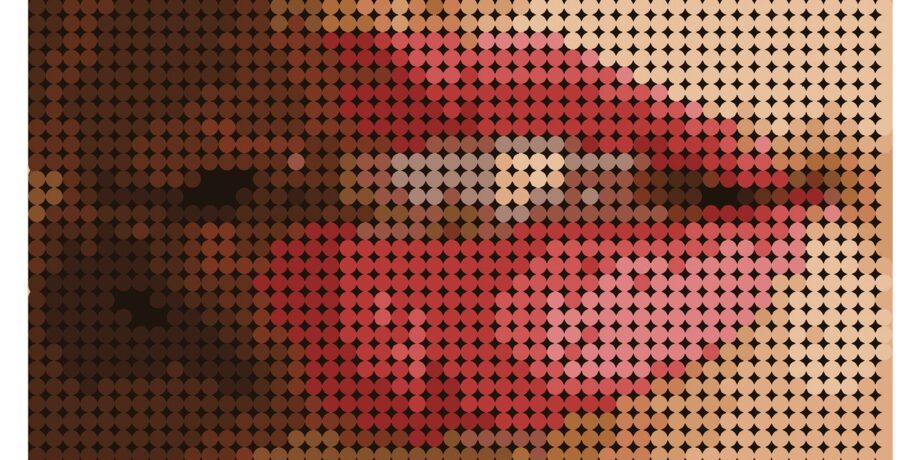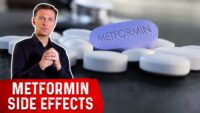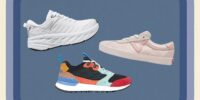Breaking out in inflamed bumps on your face now and then is an inevitable (but annoying) part of the human condition. But when one of them pops up near your mouth, you might find yourself weighing an age-old, kinda-stressful question: “Is that just a zit? Or…do I have herpes?” We’ve all wondered, from time to time, whether we’re dealing with a cold sore or pimple.
Cold sores (which, yes, are almost always a symptom of herpes) and pimples can look a lot alike, at least when they’re first developing. “It’s probably hard for the layperson to know if they have a pimple or a cold sore” just by looking at those bumps, Sylvia Brice, MD, a dermatologist at the University of Colorado Hospital in Aurora who has researched herpes, tells SELF.
To help you suss out what your lip invader really is, here are tips from derms who specialize in herpes about how to tell even the most ambiguous outbreaks apart—and a reminder that, even though there’s a lot of stigma around herpes, most cases aren’t usually that difficult to deal with.
If cold sores and pimples look so similar, how can you tell which is herpes?
First, let’s talk about what’s behind each of these blemishes. Herpes is caused by two herpes simplex viruses. HSV-1 usually spreads mouth-to-mouth through saliva or skin contact and is behind most cases of oral herpes, while HSV-2 usually spreads genitally and causes most cases of genital herpes. But it’s possible to get oral HSV-2, often by having oral sex. Both strains lead to the same symptoms, including sores. Pimples are “usually caused by clogged hair follicles or bacterial infections in the hair follicles,” stemming from issues including dirt buildup or skin inflammation, Carrie Kovarik, MD, a professor of dermatology at the University of Pennsylvania’s Perelman School of Medicine, tells SELF.
The biggest tell that you have a cold sore often isn’t how it looks, but how you feel. When you get infected with herpes, the virus sets up shop in your nerves, where it spends most of its time dormant. If it causes an outbreak, it can trigger symptoms up to a day before a red bump forms. Initial outbreaks are usually preceded by flu-like symptoms, as well as a tingling-burning sensation under the skin where a cold sore will show up. If people get recurrent outbreaks, the preliminary flu-like symptoms tend to fade or go away entirely over time. Still, that “pins-and-needles sensation” often continues to precede sores, Eva Parker, MD, an assistant professor at the Vanderbilt University Medical Center in Nashville, Tennessee, tells SELF.
Pimples usually emerge with no prior pain, Deborah Sarnoff, MD, FAAD, FACP, a dermatologist in New York, tells SELF. They may “hurt when you touch them,” she adds, but that feels like “a little bit of tenderness,” not a tingly, stinging burn. They typically form as a single bump, which may develop a pus-filled whitehead at its center. They feel fleshy and firm, Dr. Parker says, and usually hang around on your face for a few days in a relatively consistent shape and size before fading away—unless you pick at them. (Which you definitely shouldn’t, because it “always makes things worse,” she says.)







